
The Marvel Cinematic Universe's approach to female superheroes has improved significantly over the last decade. It's a sad truth that female superheroes - and supervillains - have rarely been handled well by Hollywood. In part that's because the comics that inspire superhero films are primarily a visual medium, one that historically hasn't been especially diverse, and as a result female characters have often been treated as secondary to the men and they've frequently been heavily sexualized.
When Marvel Studios launched the MCU in 2008, it didn't take long for it to become clear the films had inherited many of the problematic attitudes that had shaped the comics. The issue went to the top, as proven by behind-the-scenes conflict during the production of Iron Man 3. Rebecca Hall was cast to play the part of Maya Hansen, but her part was reduced from major character to minor adversary. "I signed on to do something that was a substantial role," Hall explained in one interview. "She wasn’t entirely the villain – there have been several phases of this – but I signed on to do something very different to what I ended up doing." Incredibly, director Shane Black revealed plans changed because Marvel execs felt a female character's toys wouldn't sell. This argument was almost certainly made by Marvel Entertainment's then-CEO Ike Perlmutter, who hailed from the toy industry and who was later outed in leaked Sony emails saying films with female superheroes to be "disasters."
All this had a profound effect on Marvel Studios' treatment of superheroes, and it's possible to see women evolve from eye candy to well-developed, three-dimensional characters as the years passed. It's no exaggeration to say the modern Marvel Studios feels like a completely different company to the one that kick-started the MCU, and a much healthier one.

Scarlett Johansson made her MCU debut in 2010's Iron Man 2 as Black Widow, the franchise's first female superhero. Black Widow has often been one of the more sexualized characters in the comics, known for wearing tight catsuits with the zipper pulled down. The MCU played this straight, introducing Natasha Romanoff as a S.H.I.E.L.D. agent who'd infiltrated Stark Industries to keep an eye on Iron Man. Stark was besotted as soon as he saw her, with his secretary/soon lover Pepper Potts cautioning him she was "potentially a very expensive sexual harassment lawsuit." While Black Widow was definitely portrayed as a force to be reckoned with, the MCU initially rejoiced in its "male gaze" treatment of the super-spy, including a scene where she got changed into her catsuit in the back of a car, while Happy Hogan kept stealing glances in the rearview mirror. Iron Man 2 producer Victoria Alonso, now the Executive Vice President of Production at Marvel, has admitted the sexualization of Black Widow never sat well with her, but she couldn't do anything to change it at that time.
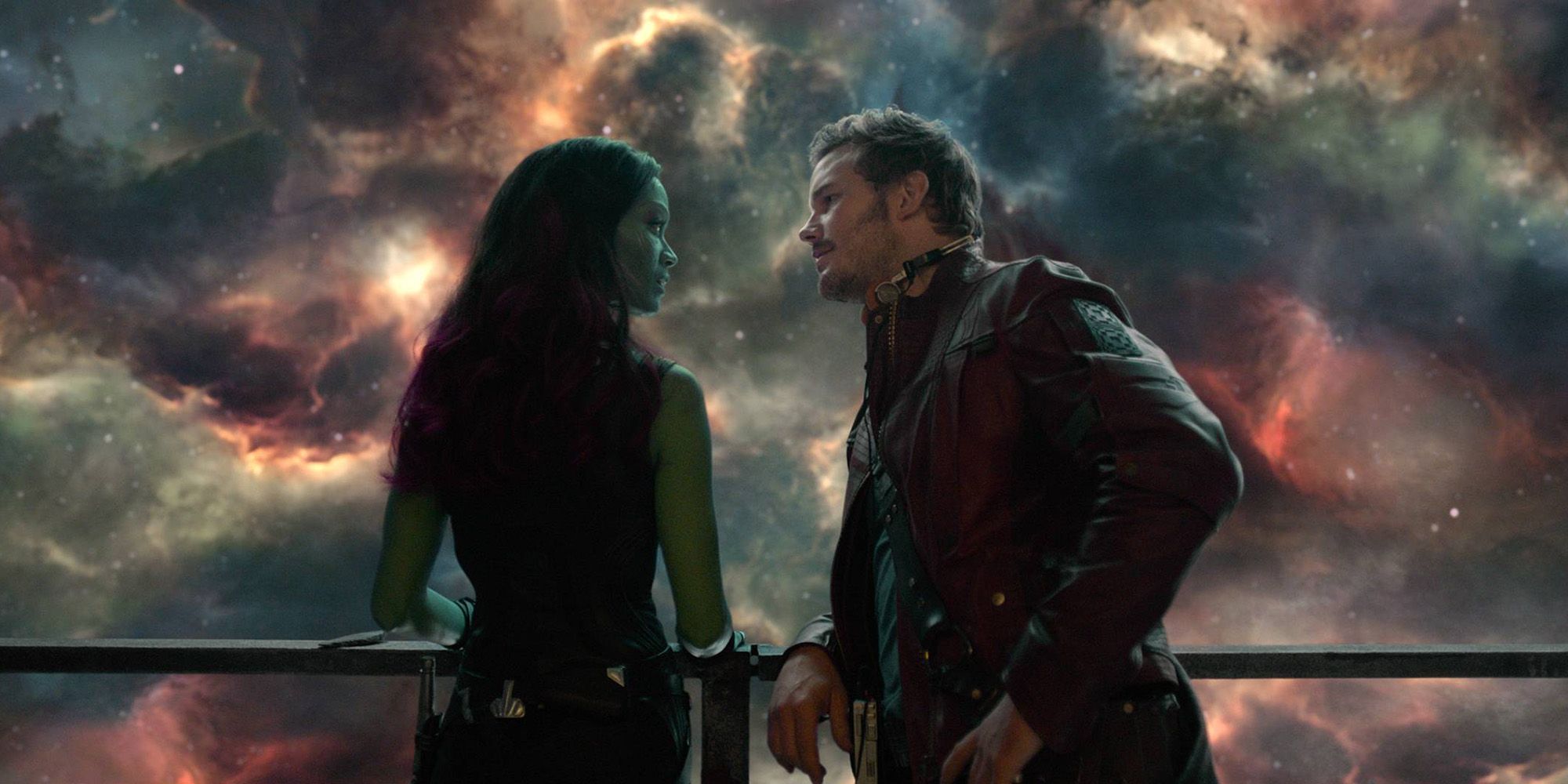
The MCU's first two female superheroes were both objects lusted after by men despite Black Widow being the Avengers' premiere super-spy, while Zoe Saldana's Gamora the galaxy's deadliest assassin. Guardians of the Galaxy director James Gunn did a good job of establishing Gamora as a character, yet the movie still centered on Chris Pratt's Star-Lord, meaning Gamora was primarily seen as a potential love interest. Gunn resolved to improve his portrayal of women for the sequel and undeniably succeeded. "There’s just a great array of women in [“Guardians Vol. 2″], and different types of women," Karen Gillan, who plays Nebula, told IndieWire in one interview. "Yes, there are females in big action, sci-fi movies, but we were sort of in danger of them becoming stereotypical in the sense that they’re ‘badass’ and ‘super strong’ and ‘sexy.'" Behind the scenes, it did seem Marvel was beginning to wake up to their problems with female superheroes - even as, on the small screen, Marvel Television began to push forward with much better portrayals of women in Agents of S.H.I.E.L.D. and their Netflix shows.
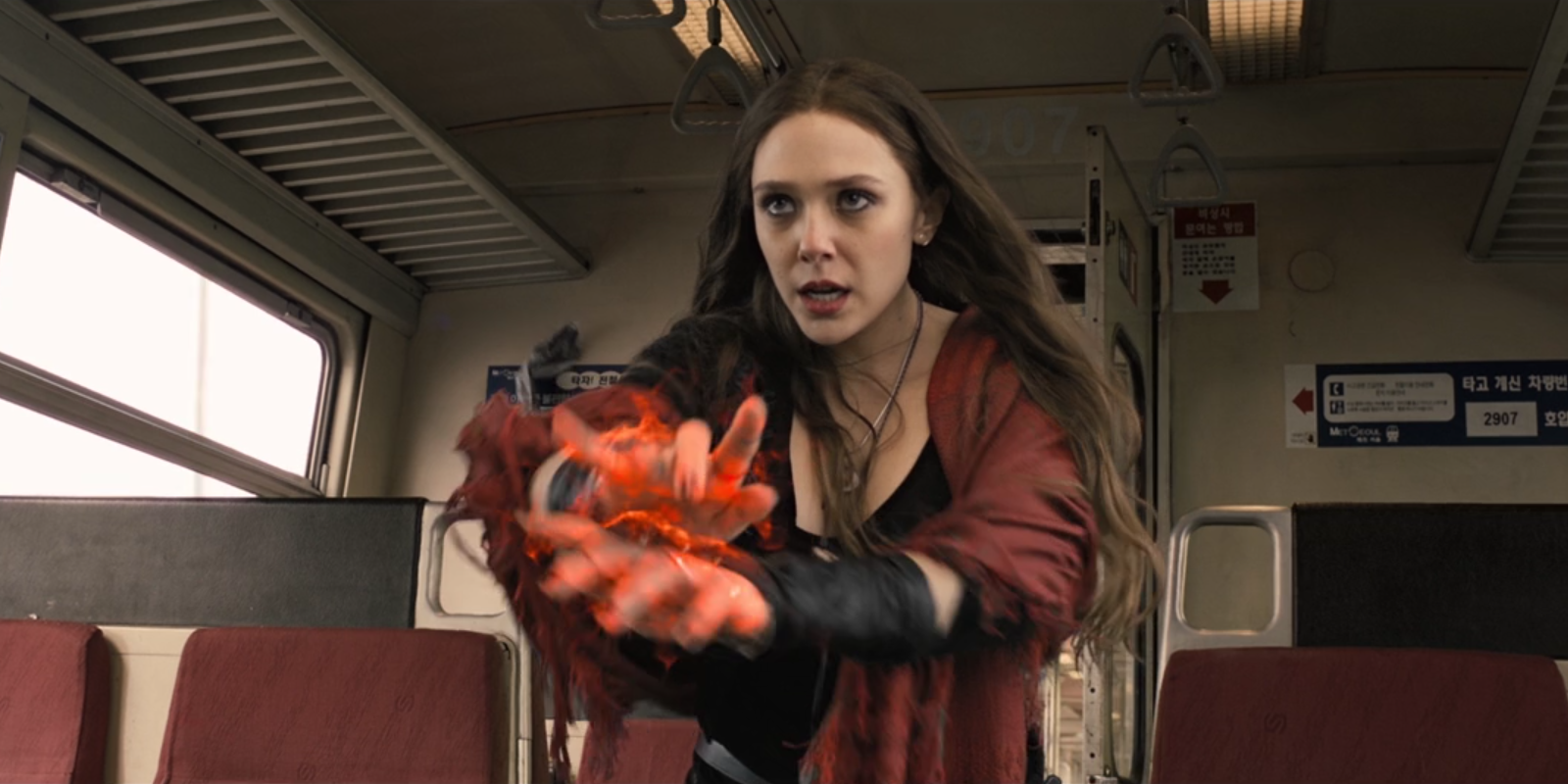
2015's Avengers: Age of Ultron would introduce another of Marvel's more sexualized characters in the comics, Scarlet Witch. It says everything that director Joss Whedon had to warn Elizabeth Olsen about Scarlet Witch's costume: "[W]hen you go home and Google her, just know that you will never ever have to wear what she wears in the comics." Scarlet Witch was a different kind of superhero in that, unlike Black Widow and Gamora, her powers were magical, the first time a female Marvel character had felt powerful in anything other than a physical way.
Sadly, for all Marvel veered away from a comic-book-accurate Scarlet Witch, the studio still sexualized her quite a bit. Olsen complained about Scarlet Witch's cleavage; she noted that other heroes seemed to be improving over time, with Black Widow's zipper pulled up a little higher in every film, while she was stuck with low-cut outfits. "I think of the costumes and what we have to wear," she reflected, "it’s more about iconic images, because that's what these movies are... I think that's the goal with the costumes, and it's not representing the average woman."
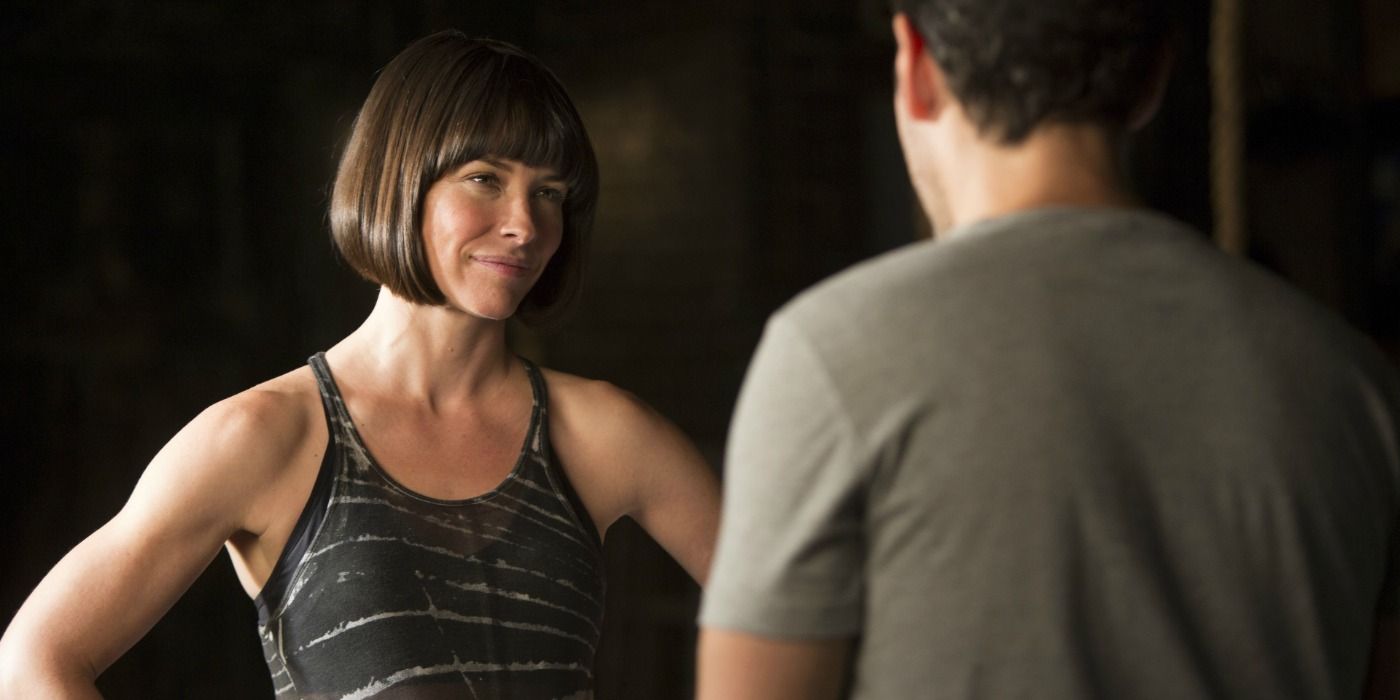
Evangeline Lilly joined the MCU in Ant-Man as Hope Van Dyne, the character destined to become the Wasp. Her arc in that movie was subtly different to previous female characters, because while she was still a love interest, Hope was portrayed as infinitely more competent than the main hero. A skilled martial artist, Hope even served as a mentor figure for Paul Rudd's Scott Lang, quite enjoying demonstrating how to throw a proper punch. That made the fact Ant-Man was recruited for the mission instead of Hope more than a little frustrating. Still, the end of Ant-Man revealed the first incarnation of Hope's Wasp costume, promising that changes were coming for the women of the MCU. It was a promise Marvel would, thankfully, fulfill.
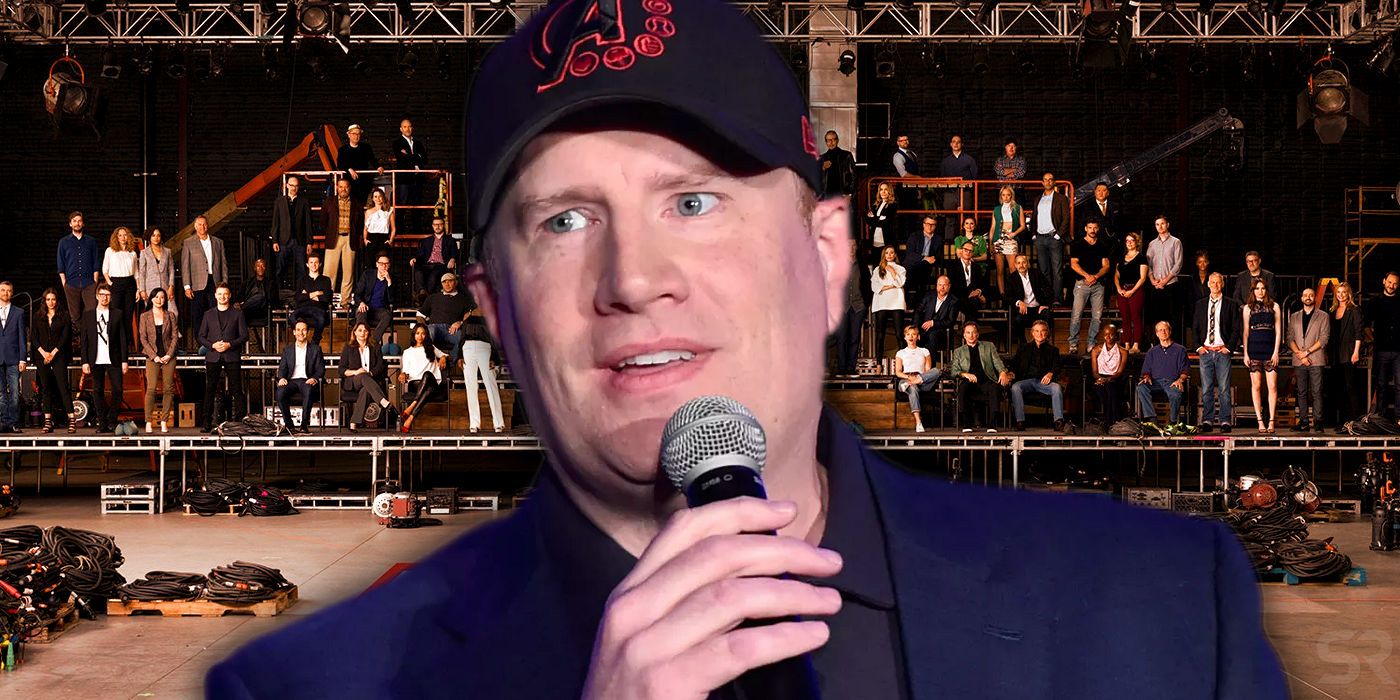
Marvel Studios had become Hollywood's hottest property, but behind the scenes, conflict risked ruining everything. Many of the MCU's more questionable decisions were tied to interference from then-CEO Perlmutter and the Marvel Creative Committee, a group of advisers who were more familiar with the comics than with movies. In his autobiography The Ride of a Lifetime, Disney's Bob Iger concluded all this meddling was aimed straight at visionary Kevin Feige, the mastermind of the MCU, who Perlmutter seemed to resent on a personal level. Iger had no choice but to intervene, and in 2015, Disney forced a corporate restructuring at Marvel that ended these issues. Marvel Studios was separated from the wider Marvel Entertainment group, with Feige appointed president. Perlmutter's influence came to an end, and the Marvel Creative Committee was disbanded.
Feige had been one of the figures at Marvel pushing for improvements in terms of diversity, and now he no longer had Perlmutter to hold him back. The impact swiftly became visible when he promoted Wasp to co-lead for the Ant-Man sequel, showing he was eager to get the ball rolling on more–and more accurate–female superheroes. Marvel Studios' new president began to focus on improving the MCU's diversity behind the camera, as well, which naturally had an effect on how the films portrayed women.
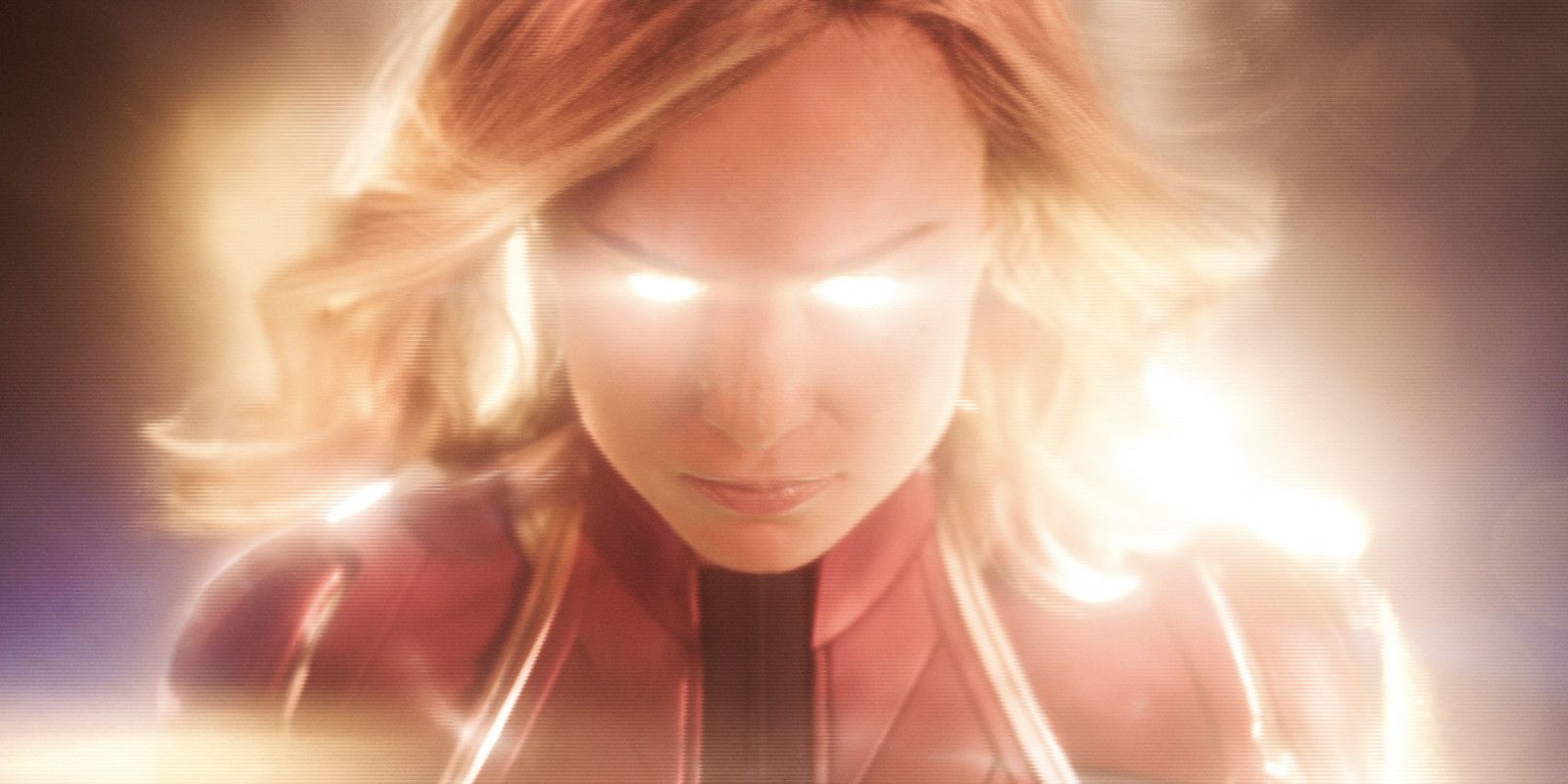
The real game-changers for Marvel were Black Panther and Captain Marvel, both of which focused on developing female characters in a wonderfully refreshing way. Marvel wasted no time pushing their new superheroines to the forefront, stressing Letitia Wright's Shuri was even smarter than Tony Stark and Brie Larson's Captain Marvel was the most powerful person in the MCU. Taken together, these two films are a vision of Marvel's future, one that embraces the potential of female superheroes and ideas like Afrofuturism and feminism, and that has largely dropped the male gaze.
Though Wakanda had a king, T'Challa was absolutely dependent on the female characters that surrounded him, whether for guidance, technological support, or help in battle. The Afrofuturistic vision of Wakanda treated men and women as equals in accordance with the true history of pre-colonial Africa. As Henrik Clarke explained in an essay in Black Women of Antiquity, before colonialism "Africans had produced a way of life where men were secure enough to let women advance as far as their talents would take them." This was most notable in the Dora Milaje warriors, who were loosely inspired by the Dahomey Amazons of Dahomey, West Africa (now the Republic of Benin).
Meanwhile, Captain Marvel was avowedly feminist - an appropriate decision, because the original comic book character is Marvel's most prominent feminist superhero. Marvel deliberately chose to draw visual inspiration from more modern (and less problematic) costumes, avoiding older comic book iterations that are nothing more than high-cut swimsuits and are only suitable for the beach. Instead, Marvel went straight for a modern costume that's military in style, just the kind of thing a former USAF pilot would wear. The plot was as in-your-face about its feminism as possible, with an action scene set to the song Just A Girl. Both Black Panther and Captain Marvel broke $1 billion in the global box office, proving Feige was right that the world was ready for a more diverse MCU - one where women were allowed to shine.
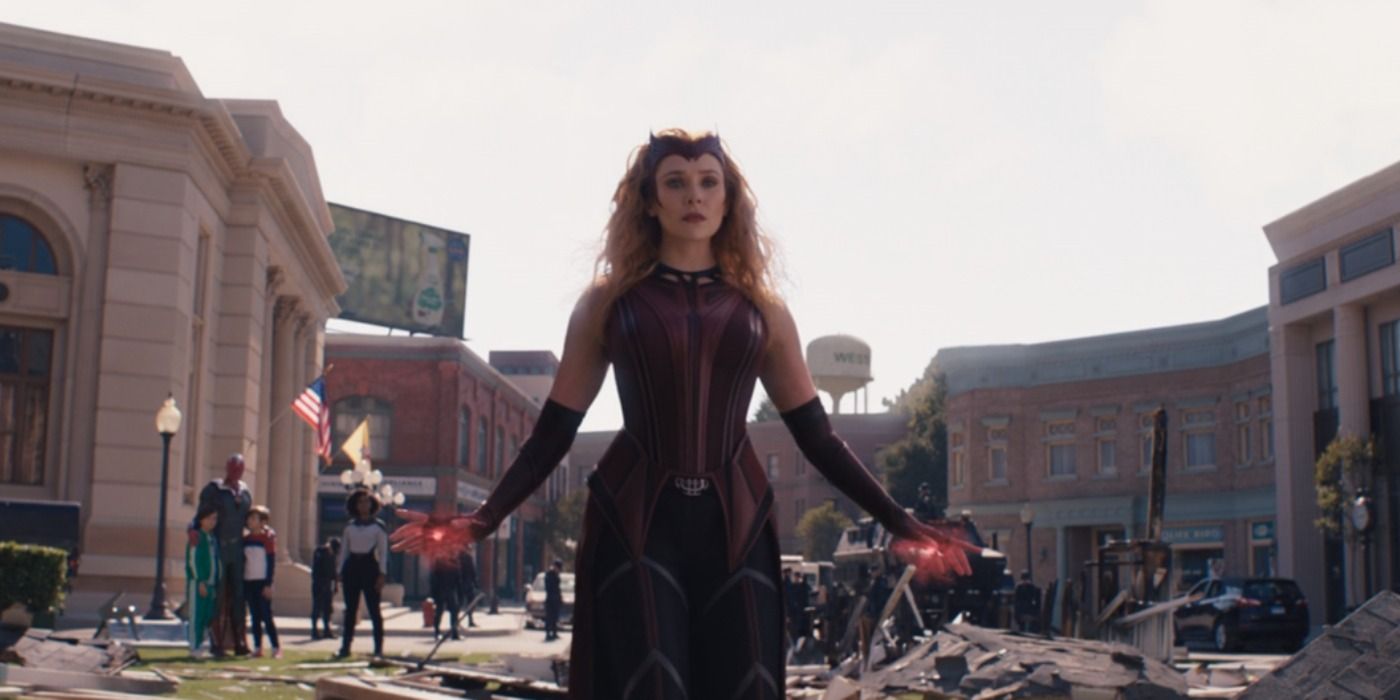
The last year has seen Marvel launch the MCU's Phase 4, and it's already quite clear they aim to treat their female superheroes better. For one thing, it's striking that the first Disney+ TV series starred Olsen's Wanda Maximoff, while the first movie in Phase 4 was a fond farewell to Black Widow. WandaVision officially transformed Olsen's character into the true Scarlet Witch, giving her a costume that, while inspired by the comics, was a lot more comfortable. Olsen actually got input in the Scarlet Witch design, helping ensure the outfit was practical. Meanwhile, in the case of Black Widow, the super-spy was finally wearing sensible clothing throughout, and, again, that's largely because Johansson was involved in choosing the clothes she'd be wearing. During one of the initial fittings, costume designer Jany Temime gave Johansson the opportunity to choose Black Widow's wardrobe herself. "She always went for something which was simple and well-made and that she could move beautifully in, not representing a fashion-conscious girl but somebody who is feeling wonderful in her own skin," Temine told EW. Hopefully Marvel will continue with this approach, involving the actresses themselves in designing costumes they can actually feel comfortable wearing.
The improved treatment of female superheroes isn't just a matter of costume design, but also of scripting and cinematography. WandaVision is essentially a story about a woman dealing with trauma and grief, while the central theme of Black Widow is of women's battle for agency against the man who would deprive them of it. The problematic male gaze of the MCU has also decreased significantly, in large part because of an influx of female directors and members of the production team.
For Marvel's Victoria Alonso, the release of Black Widow has been the perfect opportunity to look back and recognize how far the studio has come. In her view, there's a reason Black Widow could only come out now and not a decade ago when fans first began clamoring for a solo movie: "It was a different climate. I wouldn’t have been able to have conversations [about sexism] with my director and see it actually translate onscreen," she explained. Alonso believes the modern Marvel Studios is making a conscious effort to stop objectifying women - and the MCU is all the stronger for it.
from ScreenRant - Feed https://ift.tt/3iXd0Vy

No comments: